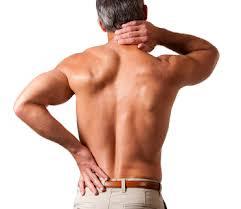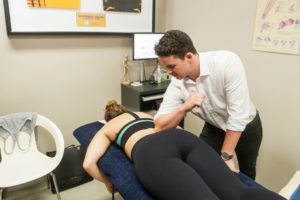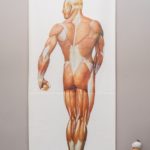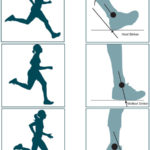
The Role of ‘Glute Med’ in Lower Back Pain
Low back pain is amongst the most common injuries seen in Physiotherapy. If you are experiencing any back pain, the team at Pivotal Motion Physiotherapy in North Brisbane, can help!
Why are the gluteal muscles important factor in back pain?
The gluteal muscle group is comprised of three muscles, gluteus maximus, gluteus minimus, and gluteus medius.
The glutes are the primary controller of movements in our hips and thighs. These muscles are active in everyday movements such as climbing stairs, standing up from a seated position and simply standing upright.
The gluteals also play an important role in the stabilisation of the pelvis and support of the low back. This helps the body remain balanced and stable whilst running and walking.
Injury and strain to the gluteal muscles are usually an overuse injury from extended periods of training or the result of sudden contraction.
What actually causes the lower back pain?
The glutes can develop a number of trigger points. These ‘points’ are small, hyper-irritable sections of connective tissue that surround the body’s skeletal muscle. Trigger points can become irritated forming ‘knots’.
The pain from compression of a trigger point can range from a ‘deep’ and continuous aching sensation, to an intense burning pain.

Myofascial trigger points are among the most common causes of musculoskeletal pain and are often poorly recognised.
At Pivotal Motion, addressing gluteal trigger pointing and correcting gluteal muscle activation are a part of our comprehensive physiotherapy treatment plan.
Instability and pain in the glutes often leads to poor support of the lumbar spine and subsequently pain. To monitor load imbalance and reduce lower back pain, glute stretching and massage can be done.
What are the benefits of Gluteal Strengthening?
- Helping to maintain a normal spine curvature and neutral pelvic alignment.
- Reduction of the pressure load on lumbar discs.
- Reducing pain in the three gluteal muscles.
- Increase in hip flexibility and movement.
- Strengthening of the lower back muscles.
Core activation exercises are another great way to prevent or reduce lower back pain.
Studies indicate that people with poor abdominal muscle strength and control have a delayed reaction to limb movement, and therefore suffer from poor stabilisation of the spine during movement.
To provide spinal stabilisation, it is important not to use alternative muscles. This results in pain and tightness in the lower back. Training of the deep abdominal muscles should be done instead. This is all to assist with stabilising the spine.
What are some effective glute stretches to release pressure on lumbar discs?
Wall Bridging
The ‘Wall Bridging’ exercise is an effective activator of the gluteus maximus and minimus.
The gluteal muscles play a large role in the stability and function of the pelvis and low back. They are also involved in movement and control of the hip.
Clam Exercise
Especially relevant is the ‘Clam’ exercise which specifically trains the gluteus medius muscle. This helps assist in abduction and internal rotation of the hip.
Strengthening this muscle is important for stabilisation of the pelvis and thoracic area. It assists by counteracting the force of gravity which can cause uneven pelvic alignment.
If you are experiencing lower back pain, book an appointment with a trusted Brisbane exercise physiologist at Pivotal Motion today! Call us on 07 3352 5116 or book online.



